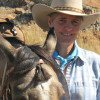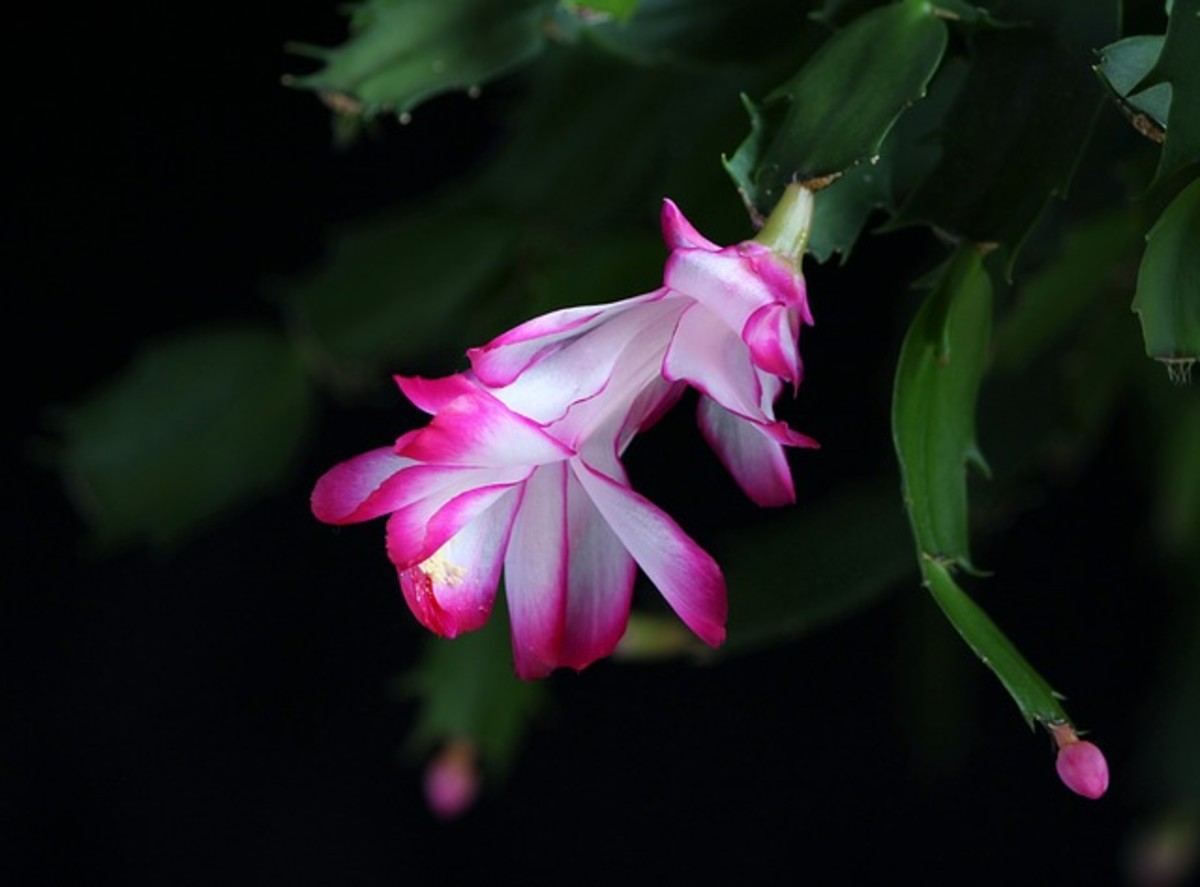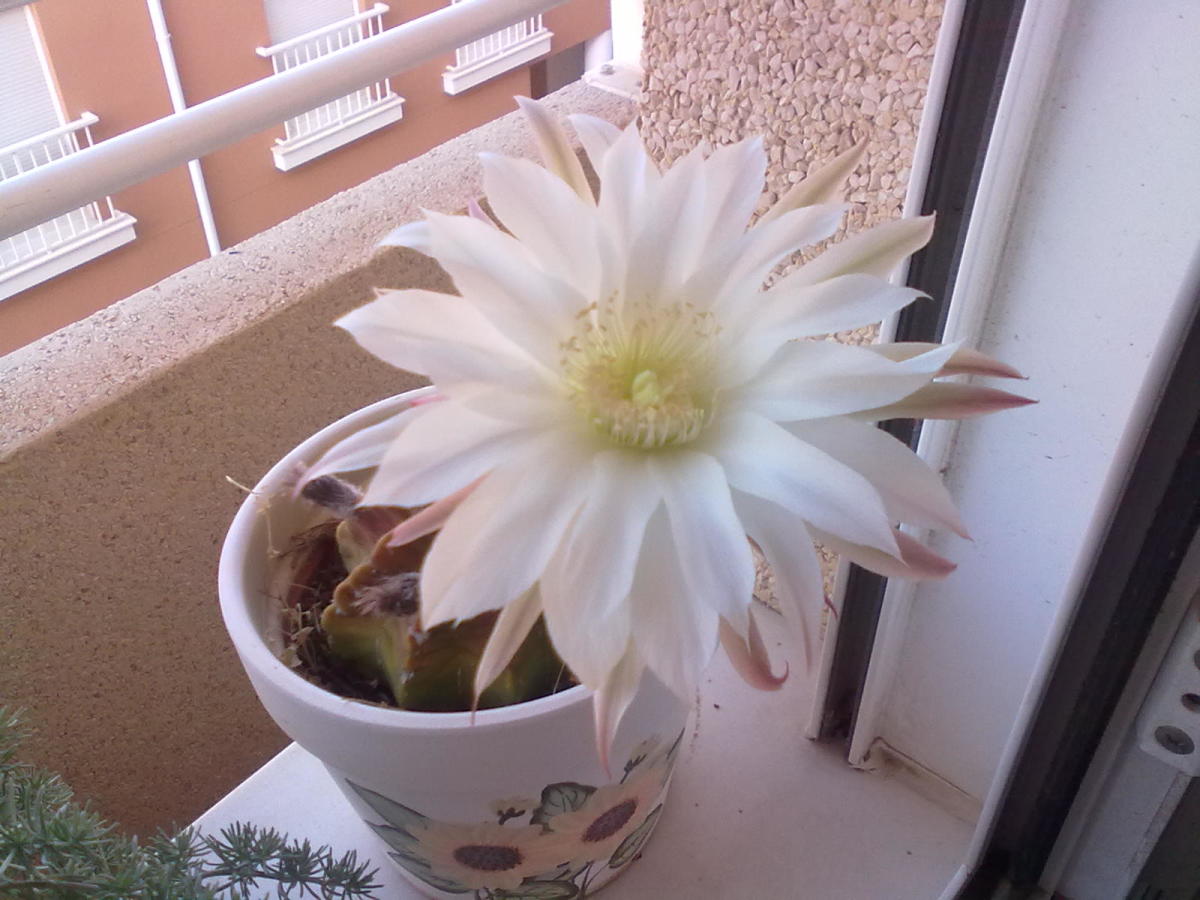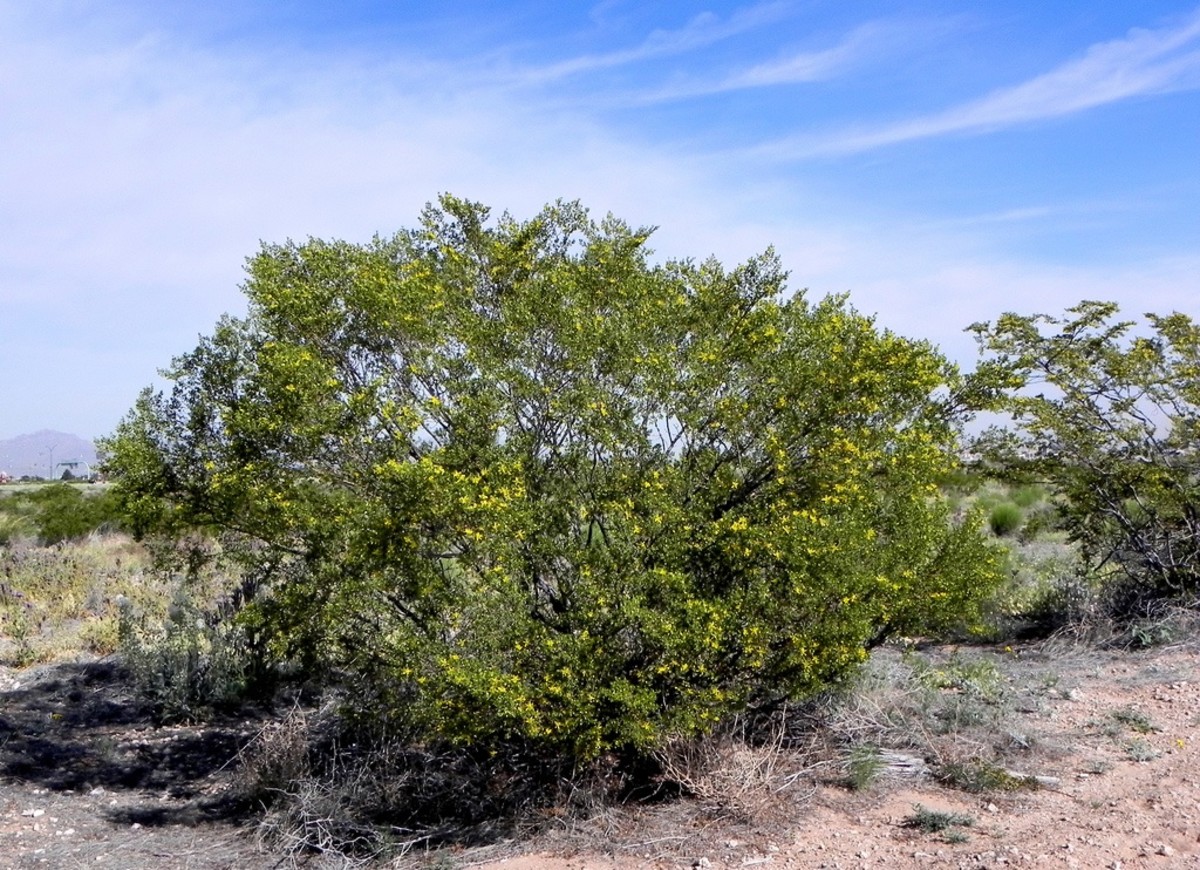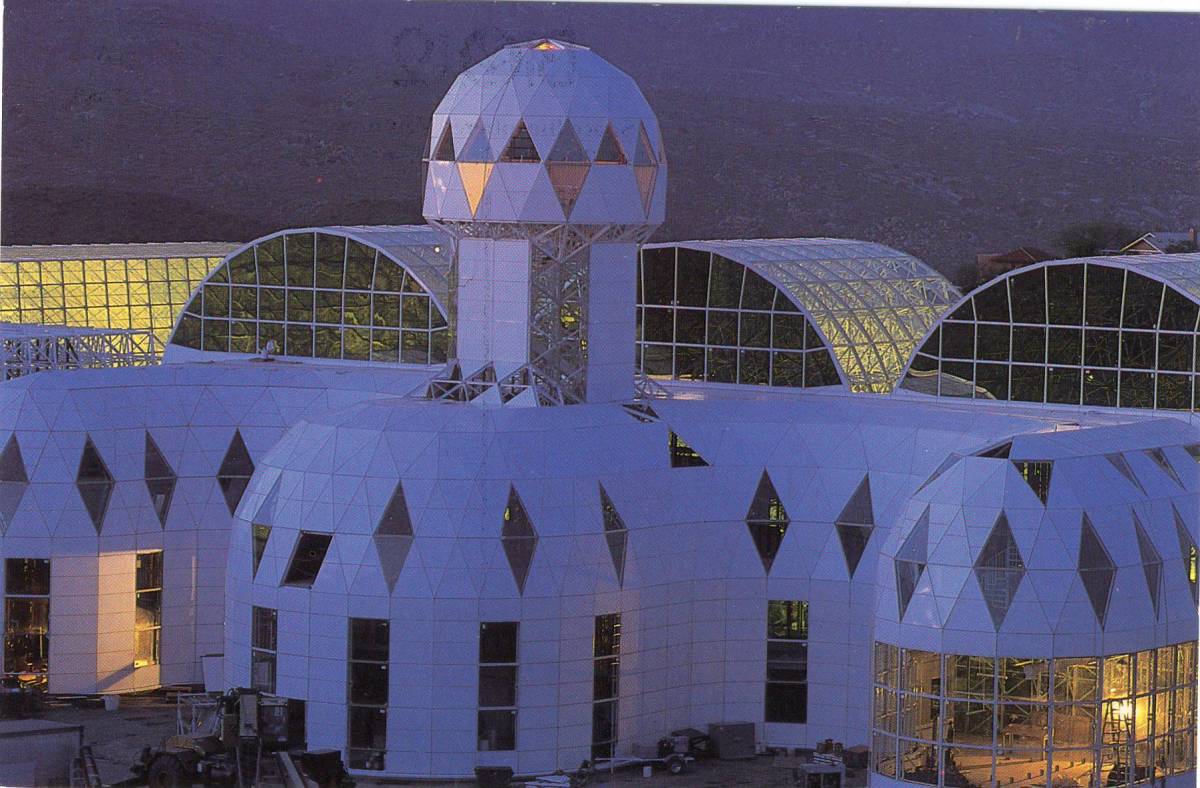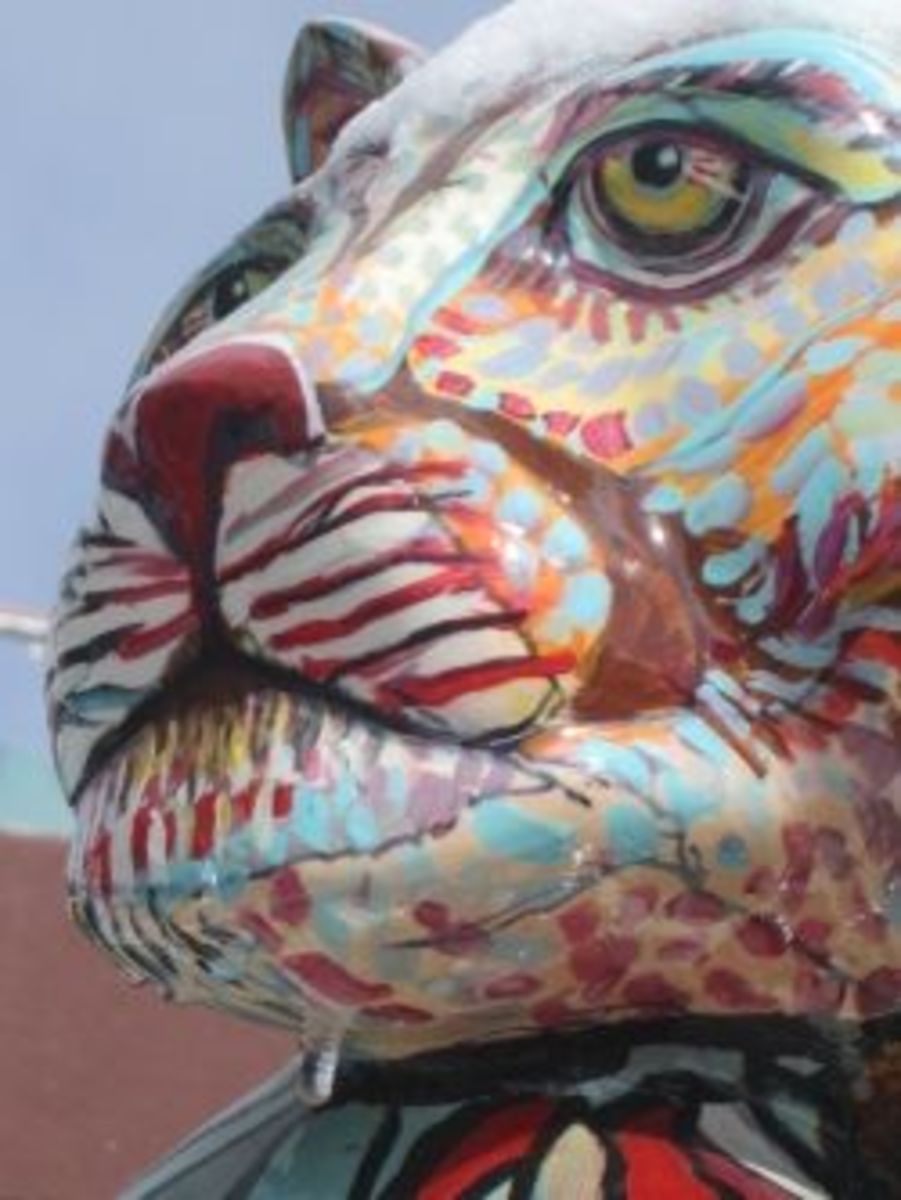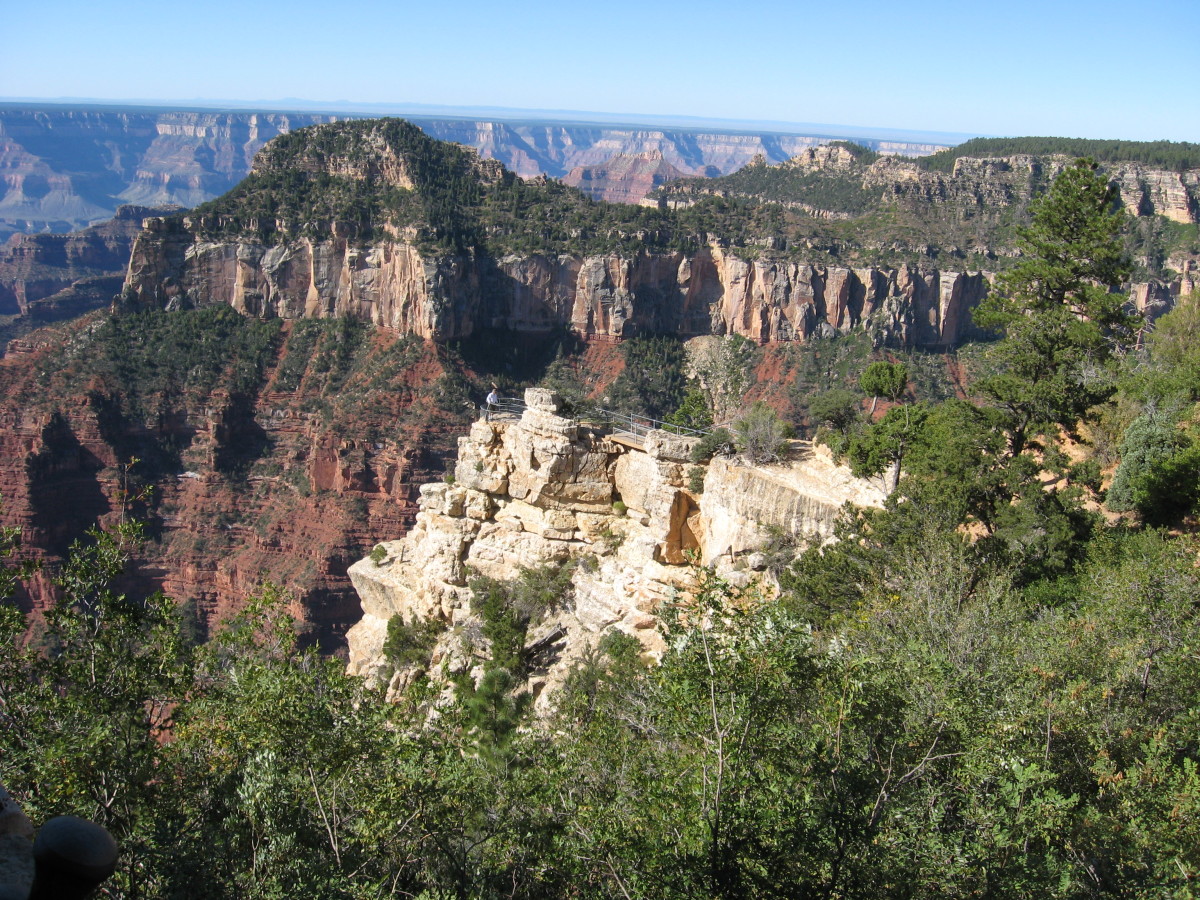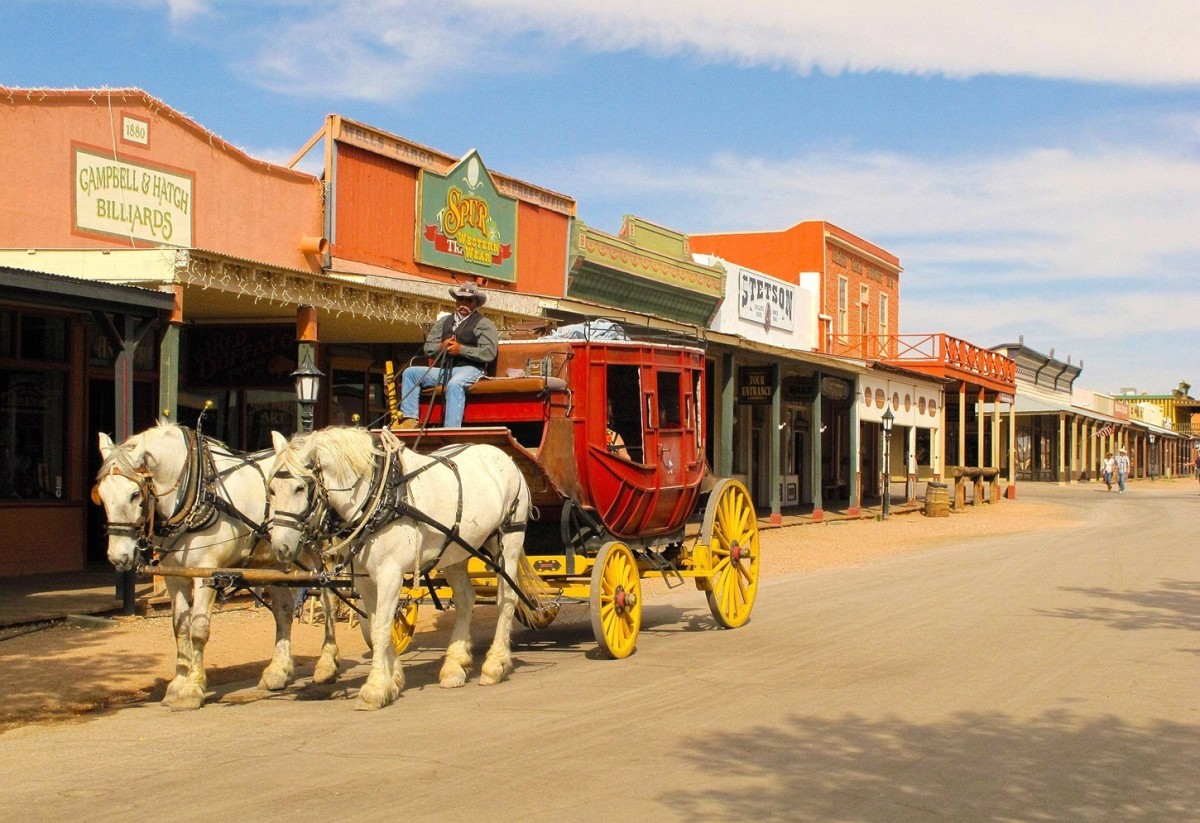- HubPages»
- Travel and Places»
- Visiting North America»
- United States
Arizona's Boyce-Thompson Arboretum: A Desert Plant Paradise
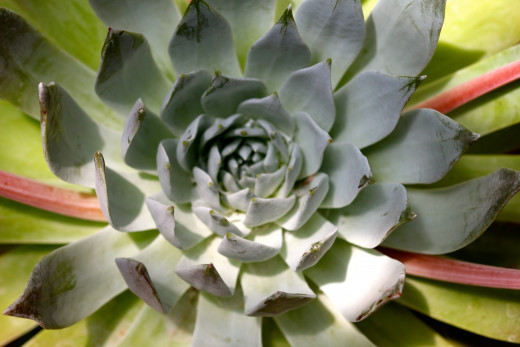
A Millionaire Visionary's Crowning Glory
In the early 1900s, a visionary businessman by name of William Boyce Thompson purchased an important copper mine in the sparsely-populated desert of Arizona. The Magma Mine, near the town of Superior, had the added advantage of being surrounded by utterly striking scenery -- so striking that it captivated the multi-millionaire mine owner's heart and imagination. Despite having an eastern estate, Thompson loved the desert enough to build a house in the foothills abutting the Crook National Forest that clearly became his sanctuary. He leveraged various holdings to acquire hundreds of acres with the intent of building an educational arboretum to house plants collected from deserts across the world.
Thompson made good on his dream. The Boyce Thompson Arboretum is the sort of place that gives us true desert-rats the goosebumps that our weather rarely allows. It's the rare place that is thoroughly planned and designed but feels utterly natural, as if it spontaneously arose from the rocky soil upon which it sits. Spend a day walking the neatly-maintained paths and you'll feel the tensions of the "real" world melt away. (Wear desert-appropriate clothing, or the rest of you will melt as well.)
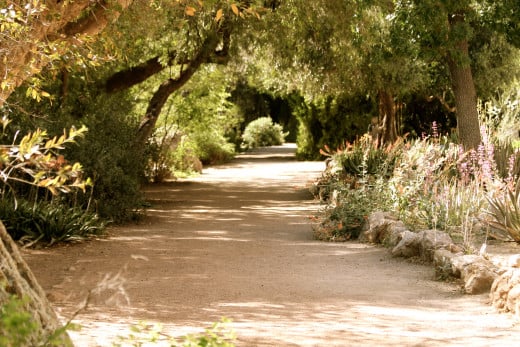
An Intercontinental Approach
The arboretum is surrounded by lush desert (yes, there is such a thing) but the specimens within represent deserts the world over. You'll see exotic succulents from Madagascar (is there anything from Madagascar that isn't exotic?) near spiny plants from the deserts of Chihuahua, a state in our neighboring nation of Mexico. A eucalyptus forest ensures Australia is well-represented, while the elegant rose garden harbors old world roses reminiscent of the Victorian influence that so impacted the American west. It sounds redundant to mention the "cactus garden" but three acres are devoted to cactus and succulents. Keep walking, though, and you'll find yourself in an unexpected herb garden. You can't resist reaching out and rubbing the leaves between your fingers to savor the aroma of plants minty or pungent.
Although it would be impossible to label every plant within the arboretum, it's surprisingly close. You rarely have to wander far to find the name of that fascinating plant you just have to identify. If you have more than a passing interest in plants, as I do, you may want to carry a notebook (or the electronic equivalent).
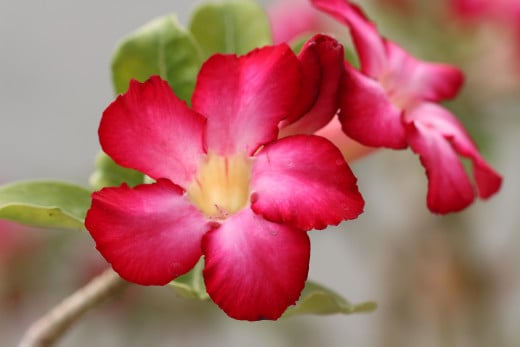
A Photographer's Paradise
As I aimed my lens at one plant after another, an enthusiastic staff member named Paul approached and asked, "Want a great photo opportunity?" He pointed a few feet above our heads at a small hummingbird nest with two babies peering out. One of two such occupied hummingbird nests we encountered that day, it yielded the photograph below.
The ever-cheerful and thoroughly knowledgeable staff at the arboretum wisely recognizes the photographic potential. Not only are daily nature-walks available, but the facility offers a variety of photography workshops (including one dedicated to cell-phone photography). Those of us who prefer to lug heavier equipment can enroll in more advanced courses -- everything from portrait photography to shooting at dusk, when the vanishing sunlight affords unique silhouette potential. Scheduled and upcoming classes are listed on the arboretum's website and on an email newsletter.
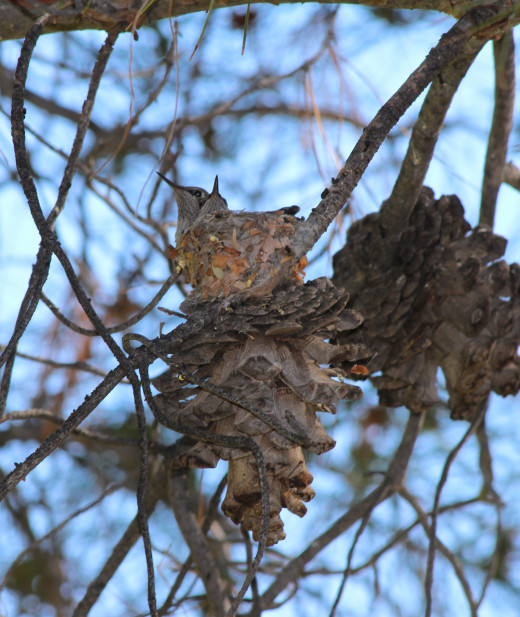
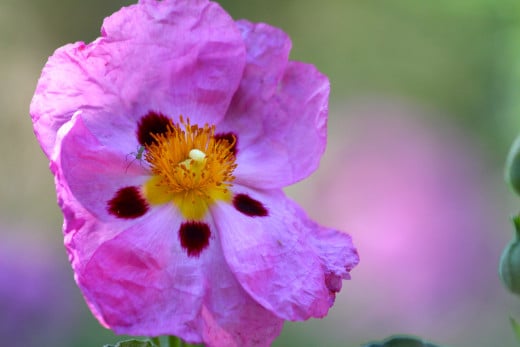
Botanical Gardens: Love 'Em or Pass 'Em By?
Do You Visit Botanical Gardens or the Arboretum When Traveling to New Places?
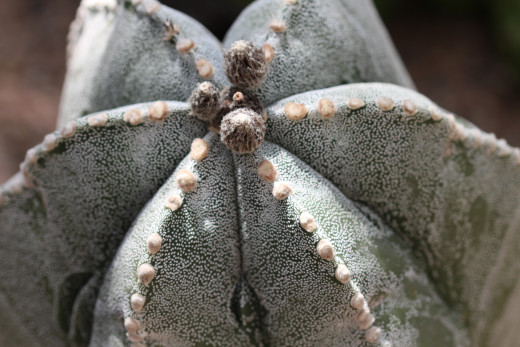

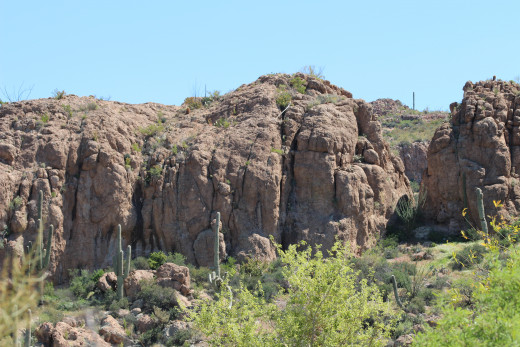
Have I Said "Scenic" Yet?
It's difficult to find a view anywhere within the arboretum that isn't somewhere between lovely and stunning. Whether you prefer staring closely at exotic cactus flowers or gazing out across rugged Magma Ridge, you're in for a visual vacation of sorts. Rest your eyes on the rocky mountains and you'll easily understand why William Boyce Thompson, the self-made millionaire who hailed from Montana but owned a lavish estate in New York, was so drawn to this area. Spend a minute in contemplation of the thorny plants so well-adapted to the arid climate and you'll understand why they appealed to the capable, adaptable Lt. Col. Thompson (the Lt. Col. title refers to his status with the American Red Cross, by the way).
The drive from Phoenix is a worthy drive in itself. Curving and hilly, it's anything but boring. If you're a fellow fan of road trips, consider continuing past the arboretum and visiting the town of Globe for lunch. The county seat of Gila County, it's also the hometown of former Arizona Governor Rose Mofford. Besides, it boasts some good Mexican food -- I suggest Irene's, on the far side of town.
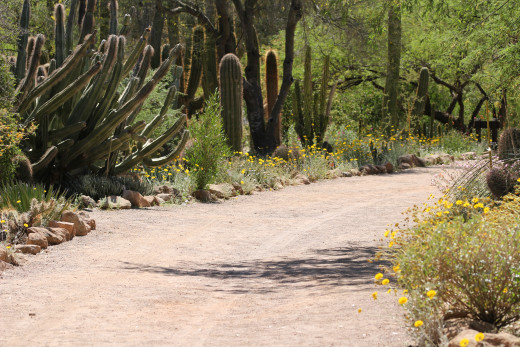
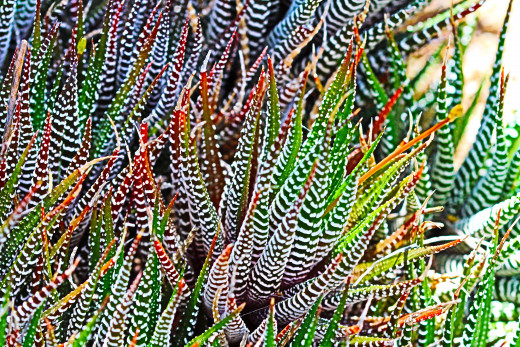
The Smith Center
Stop by the Smith Interpretive Center for a close-up look of cactus and succulents sheltered by two vintage greenhouses. One greenhouse features gorgeous succulents that beg to be photographed; the other displays exotic cactus. Both greenhouses are elegant relics of iron and glass with manual hand-cranks still in place. You almost expect to see a woman with crinolines and a parasol marveling at the mammillaria.
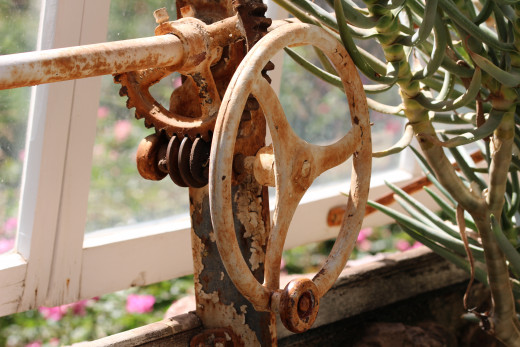
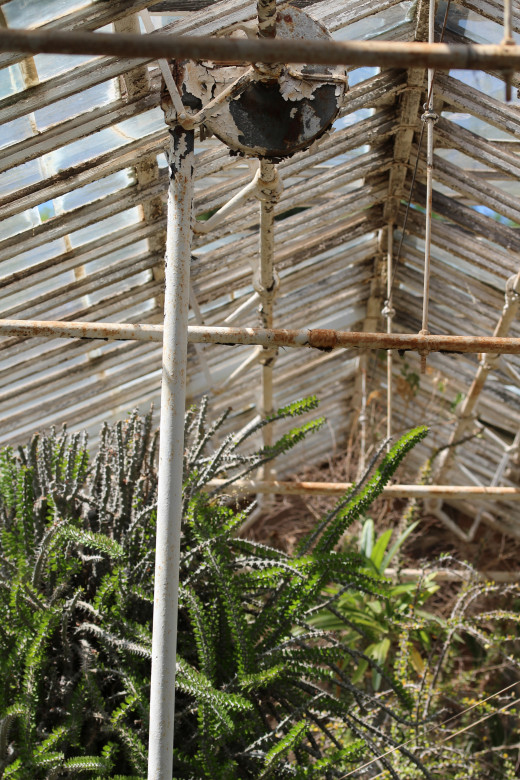
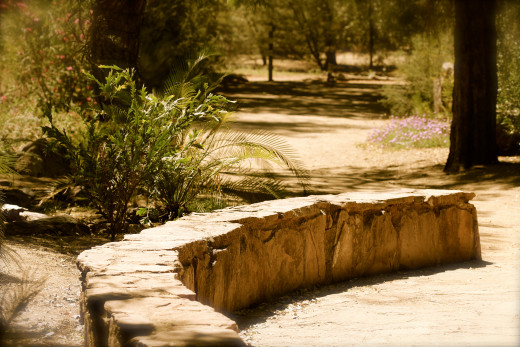

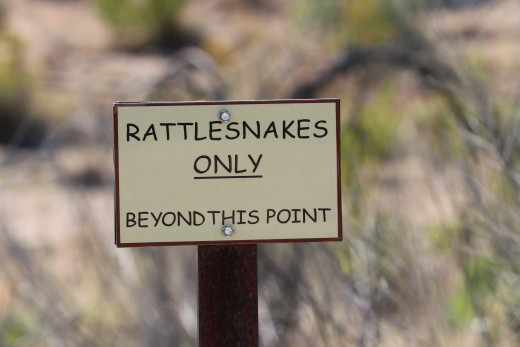
What to Know Before You Go
If you haven't noticed the word "desert" so far in this article, pay attention right now: the arboretum is in the desert. That means that many of the plants and animals are not user friendly! The terrain is rugged in some spots (although you may not wish to complete the full loop around the facility) and you'll do plenty of walking even if you stay on the shorter trails that crisscross the gardens. Wear comfortable and sturdy shoes, because you don't want to be held back from taking in the full experience. Wear a hat with a brim -- seriously. Toss some sunscreen into your tote (or better yet, wear light, long-sleeved clothing -- and long pants). It seems that every time I visit one of my state's more popular tourist sites, I see people with skin the color of boiled lobster. Don't let it be you.
As for those slithers, stings and hideous biters, there may be snakes, spiders and bees in the area. One rule of the desert is "never put your fingers or toes where your eyes can't see." If the lizards are out, like the little guy below, then so are the snakes (although they won't be so readily abundant). If the spring flowers are blooming, the bees will be nearby. My friend and I ran across two hives while visiting in early April (there's a reason I didn't snap a photo). Don't "bug" the bees and you'll be fine, but if you're allergic to venomous insects, carry the first-aid you require.
Carry plenty of water. I'm a native and I spend the bulk of my waking moments outdoors -- but by the end of our walkabout, I was drenched and thirsty. I'd come prepared with plenty of water, and water fountains are available, but consider bringing your own refillable bottle if you're walking the full trail. If you're not used to the desert heat, be sensible and recognize your limitations. In many parts of the arboretum, you may not see others walking about; that's one of the greatest things about it, really. However, if you should require assistance, someone may not be right there to offer it. Plan ahead.
Well-mannered and leashed dogs are welcome at the park, and bowls are placed strategically to give Chloe and Boomer a drink. However, the same rules apply: if they're not used to our heat, be cognizant of the potential for heat stroke and hot paws. Do not leave them in your car on warm days! Countless dogs die in Arizona every year due to the miscalculation of otherwise loving owners. If in doubt, leave them at home or in your air-conditioned lodging.
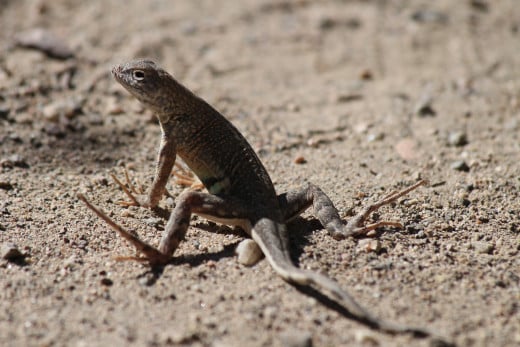
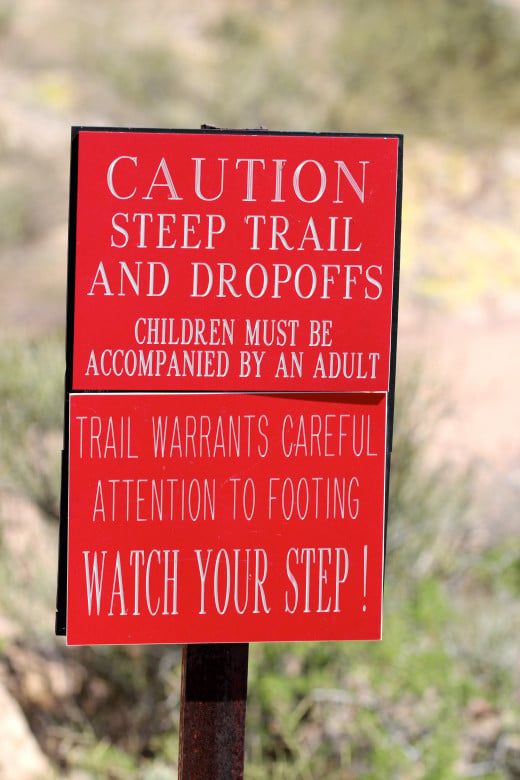
Just the Facts, Ma'am.
Naturally, you've now put the Boyce-Thompson Arboretum on your bucket-list. It's easy to find: just head to latitude N 33 16.806, longitude W 111 09.529. From Phoenix, that means head east on U.S. 60 toward Superior. You'll see the arboretum's well-marked signs.
Admission is $10 for adults; $5 for the 12-and-under set. Membership packages offer you a savings on admission as well as other perks. If you can get out of the area without loading your car with plants from the huge selection available for purchase, you're of stronger stuff than I. Get a membership for a 10% discount on those spiny babies. (By the way, arboretum staff is just as helpful in helping you select plants as they are in introducing you to the facility -- don't hesitate to ask questions.)
Hours vary by season; I won't offer them here as you're best served by visiting the arboretum's home page directly. That, by the way, is below.
Here's the Official Website!
- Boyce Thompson Arboretum, Home
The official website of the Boyce Thompson Arboretum. A friend to all desert plants.
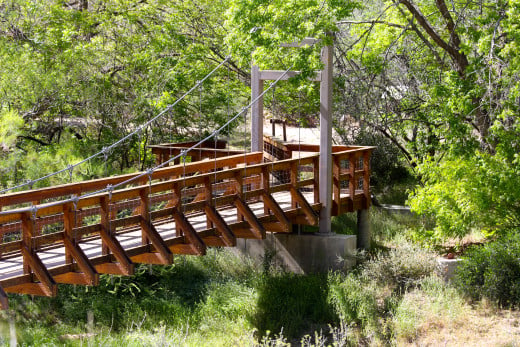
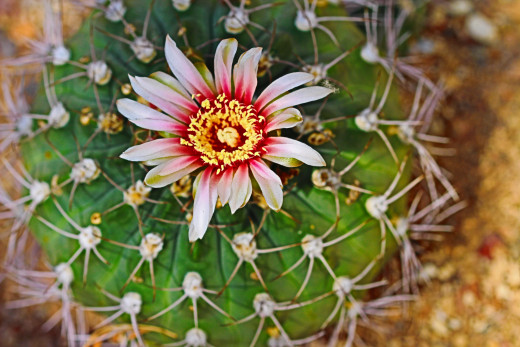
Read More About the Arizona Desert and Plants Here!
- Cactus Flowers: The Lush Beauty of Spiny Plants
Those who think of the desert as a hostile place, forbidding and drab, have never taken time to appreciate the cactus blooms in springtime. Those spiny plants safeguard most exquisite blooms. - Desert Textures: A Photographic Essay
Every place has its own texture. The desert's texture is rugged, gritty, oft forbidding, filled with spiny things, sandy soil, and evidence of what has once been -- and has long gone. - Desert in Bloom
On a wet year, the desert unleashes an abundance of blooms from weeds and wildflowers. Flowers burst out in a profusion of color that many would never expect from a place misunderstood as barren. - The Arizona Sonora Desert Museum: A Virtual Visit Before You Go (or If You Can't!)
Whether you're an Arizona native, a transplant or a visitor to our state, you're sure to enjoy an afternoon at the Arizona Desert Sonoran Museum. If you can't see it in person, here's a glimpse. - The Roadrunner: The Cuckoo's Fascinating Southwestern Cousin
Although an enduring symbol of the American southwest, the roadrunner isn't as common as you might think. If you haven't had the good fortune to have one run across your path, here's an introduction.
Copyright © 2014 MJ Miller
All rights reserved. No part of this article, including photographs, may be reproduced, in whole or in part, without the express permission of the author. Links to this article may, however, be freely shared. Thank you for pinning, sharing, liking, +1'ing, emailing, and otherwise helping me grow my readership -- and thank you for being a reader.
If you are reading this content other than on HubPages, you are reading stolen content. If you are posting this content without permission, please expect legal action to follow.
